Do you know the big (and very important) difference between car wax and polish? Would you like to know when and why to use them and in what order? If you’re not 100% sure of the difference or want to know more about what makes them different and why it is vital in getting the best shine on your car…
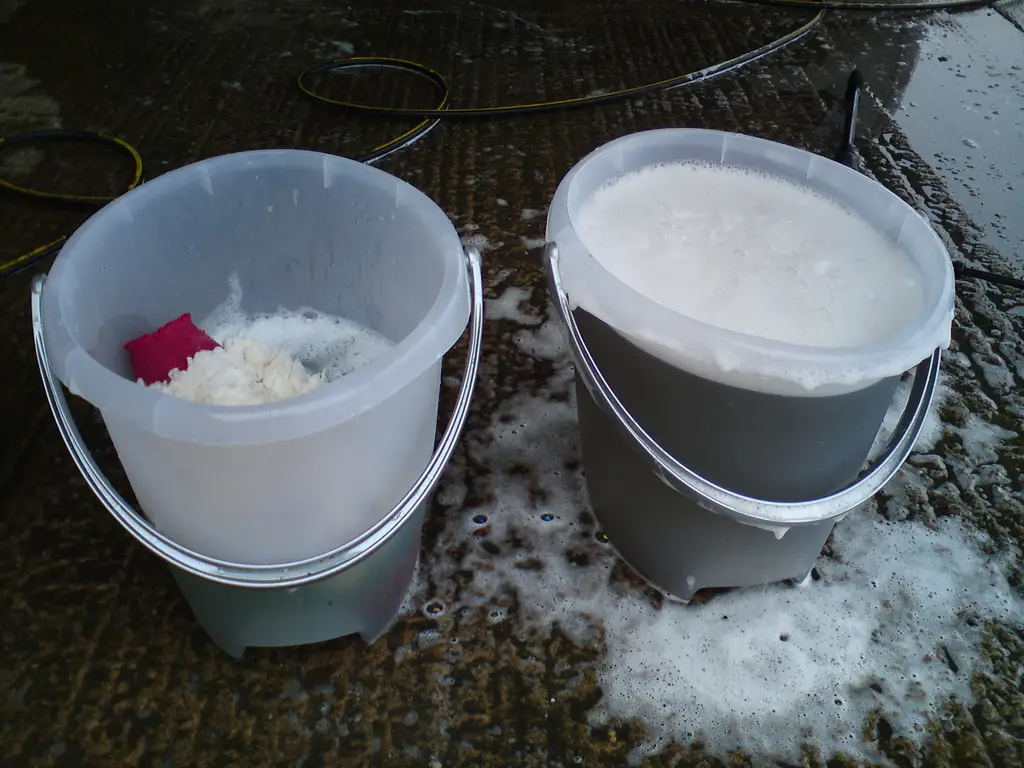 Whether or not you have access to running water whilst cleaning your car either via a pressure washer or hose, many detailers still combine these with the ‘ two bucket ‘ method of washing a car.
Whether or not you have access to running water whilst cleaning your car either via a pressure washer or hose, many detailers still combine these with the ‘ two bucket ‘ method of washing a car.
So why use two buckets when one should do?
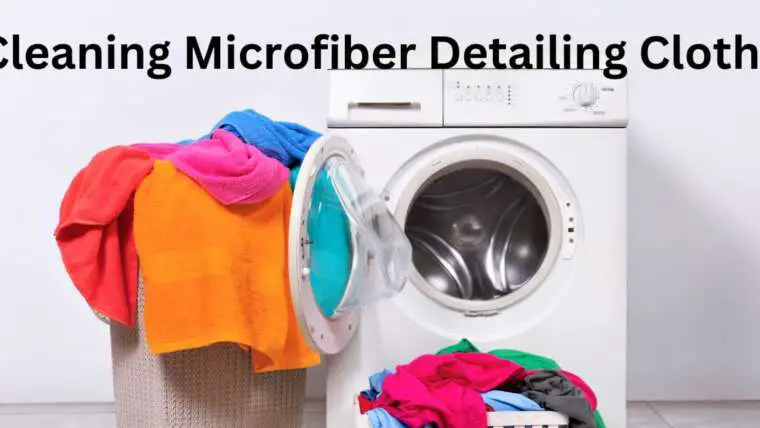
Do you know how best to clean microfiber cloths and towels used in your auto detailing? Here I share my 8 top tips to care for, wash & clean microfiber cloths, detailing and drying towels, to keep them in tip-top condition and ensure your microfibre cloths are working at their optimum performance. I also guide you through the reasoning behind…
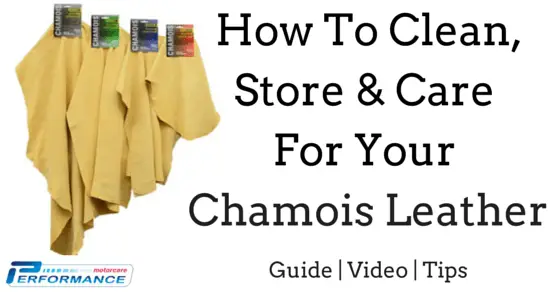
Do you find your chamois leather quickly starts to fall to pieces? Have you recently purchased or received one as a gift and are wondering how do you go about cleaning, caring for and storing your chamois cloth? The chamois leather (“Shammy”) is an extremely popular choice for drying cars, boats, truck and motorcycles, but unfortunately, many end up in…
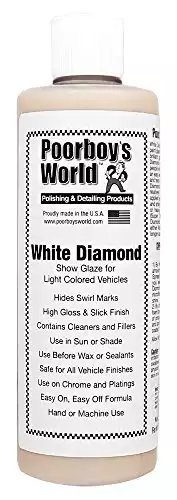 Are you looking for the best car polish for white cars and/or wax product for your silver or light coloured paintwork? It is a question that we get asked at least once or twice a week and as the owner of a white coloured car myself, I know what a pain it can be to keep it looking gleaming all year round.
Are you looking for the best car polish for white cars and/or wax product for your silver or light coloured paintwork? It is a question that we get asked at least once or twice a week and as the owner of a white coloured car myself, I know what a pain it can be to keep it looking gleaming all year round.
The problem, especially with white is how to get that deep wet look shine in the first place and then to have last as long as possible.
As with many things the quality of the finished look is mainly in the preparation, but there are a number of products that come top of our list to give you that mirror like shine – even on white.
Although very popular in many of the large motor stores, the polishes and waxes with added colourants, including the whites often do not really cut it in terms of the shine they are able to deliver.
You have to remember that many of todays modern cars have a clearcoat layer on top of your coloured paint and it is this that you are polishing and waxing to bring through the brightness of the colour underneath.
Thus adding a colour on-top can have the opposite effect.
Here is our top 8 list of the best car polish for white cars and wax products for your white, silver or light coloured car:
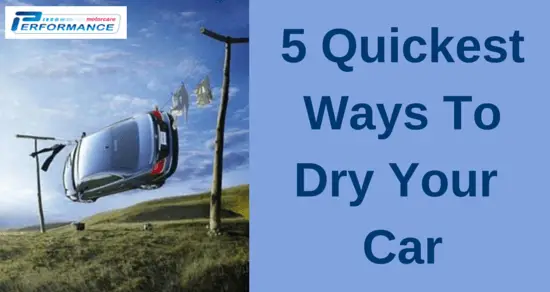
There once was a time when only a few choices existed to dry your car; a chamois leather, old rags or T-shirts or just leave it to dry naturally. However to avoid those annoying watermarks and potential swirls you need to remove the water as quickly and safely as you can. Fortunately, there are now a number of other…
 One of the questions we are asked, almost daily, is How To Avoid Swirl Marks when washing your car.
One of the questions we are asked, almost daily, is How To Avoid Swirl Marks when washing your car.
To help answer this question we have put together our “Top 10 ten tips to avoid swirls and scratches when cleaning a car”. First let’s have a quick look at exactly what swirl marks are and how they are caused.
Swirls, also know as spider or cob-webbing mainly show up on bright sunny days. They are in effect small scratches in the clearcoat of your paint that are reflecting light in all directions.
This is why they look as though they are round as if someone has been using an abrasive pad in a circular motion. This is what has also given rise to the myth that they are caused by polishing in a circular motion.
However if you were to look at swirls under a direct artificial light you would see the scratches go in all directions and only the sunlight reflecting makes them look circular. The main cause of swirls is using the wrong tools and processes during the washing of your motor.
- Our absolute Number One tip is therefore
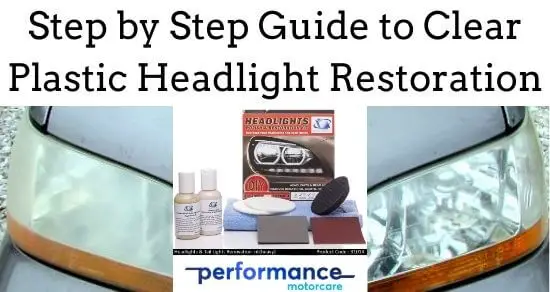
In this article, we take a look at a subject that affects nearly all car owners at some point in time – that of Clear Plastic Headlight Restoration. One of our regular customers recently pulled up outside our premises and asked me to take a look at his headlights which had become extremely clouded and dull over time from a combination of fine scratches and the effects of UV on the clear plastic.
Afraid that they were going to fail his upcoming MOT and not being able to afford a new set of headlights he wanted to know how he could restore the clarity back to his headlights.
I advised there are a number of different products available on the market which enable you to polish away light scratches, scuffs, haziness and surface marks from your headlights to leave them looking like new.
These range from single stage polishes, two step cleaning and polishing compounds to multi-step headlight restoration and protection kits.
When looking to buy a polishing machine we often get asked if Rotary car polishing machines are suitable for first-time users and what the main differences are between Rotary, Dual Action and Orbital car polishers.
Rotary Polishers
The motor on these machines directly drives the polishing head that fixes directly to the backing plate onto which you fix your cutting, polishing or finishing pad.
This means all the power, and there can be a vast amount of it, is directly driving the rotation of the machine down onto and across your paintwork – too much pressure and you can quickly burn through your paintwork.
However the upside is
Like many other industries the car care market is always looking for that next breakthrough product that will provide a “better shine”, “more effective scratch removal” or “the best beading you have ever seen”. The adoption of “Nano Technology” appears to be one of those bandwagons that many manufacturers are now jumping on-board.
But what is Nanotech as it is more commonly called, how does it work and what, if any, are the benefits to you?
The wikipedia definition of Nanotech is: “the study of the controlling of matter on an atomic and molecular scale.” In other words developing materials whose basic structure is made of particles measuring between 1 and 100 billionth of a meter in at least one dimension.
To give you an idea of how small that is, it would take eight hundred one hundred nanometer particles side by side to match the width of a human hair!
How does it work?
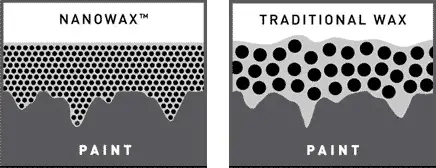
How it works will depend on the type of product, i.e whether a car wax or a scratch remover. The general principle for car wax, sealants and polishes is
